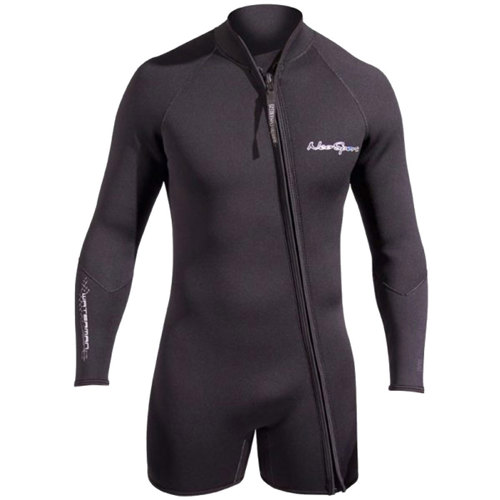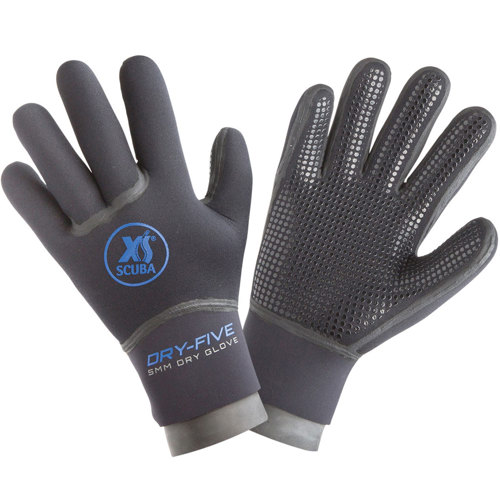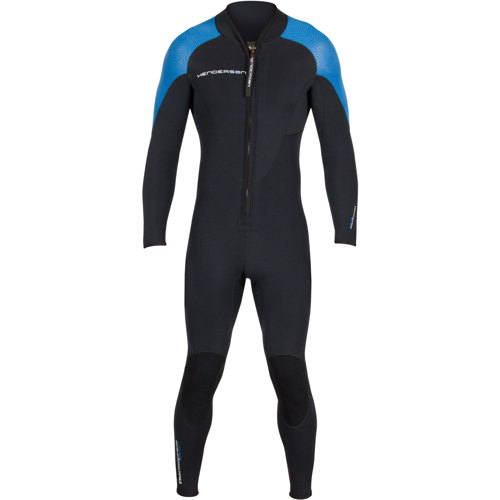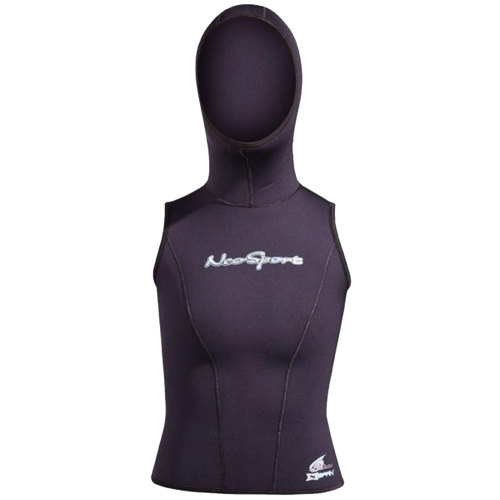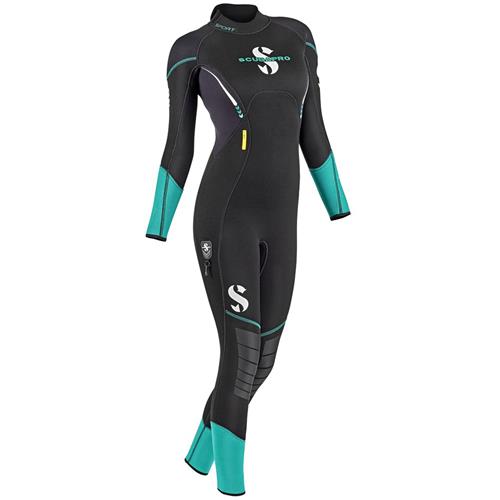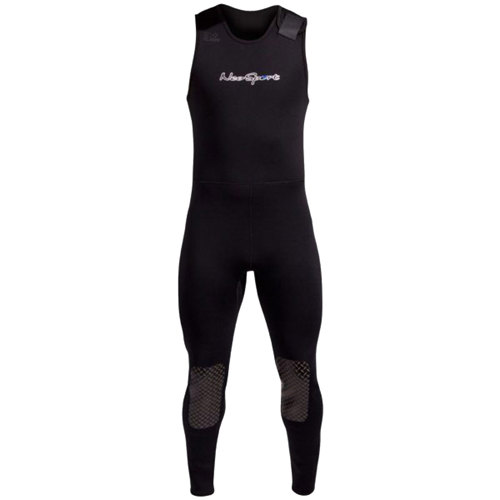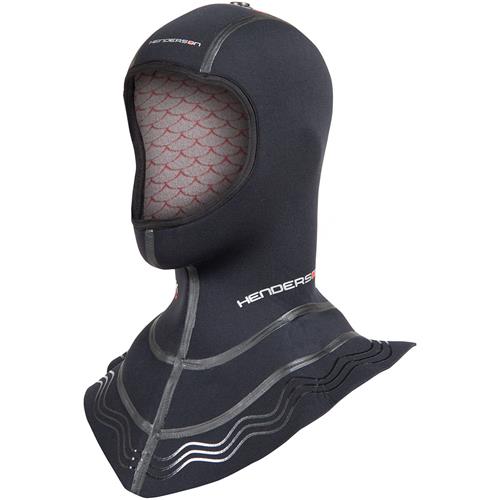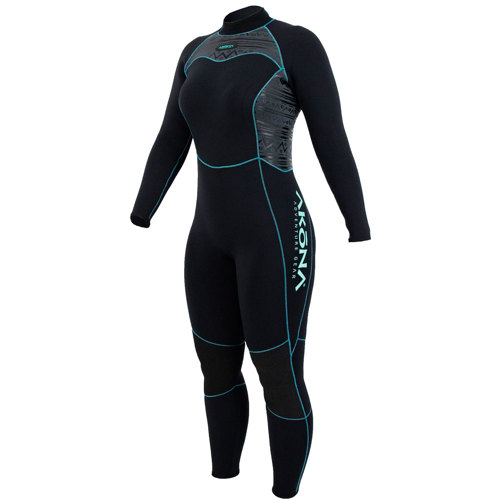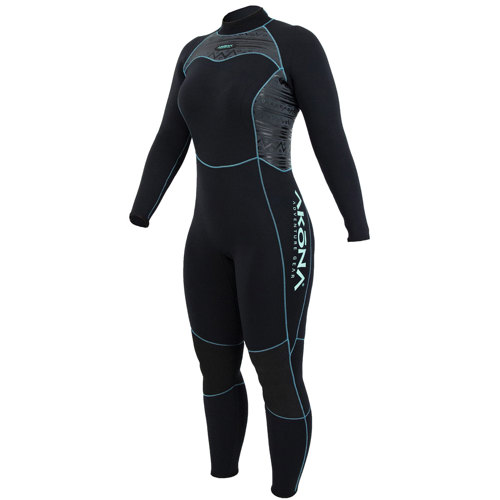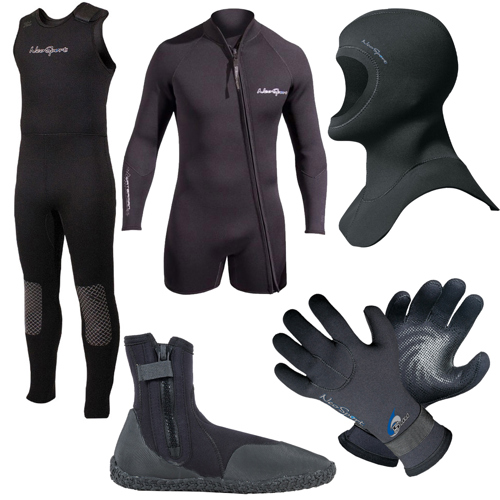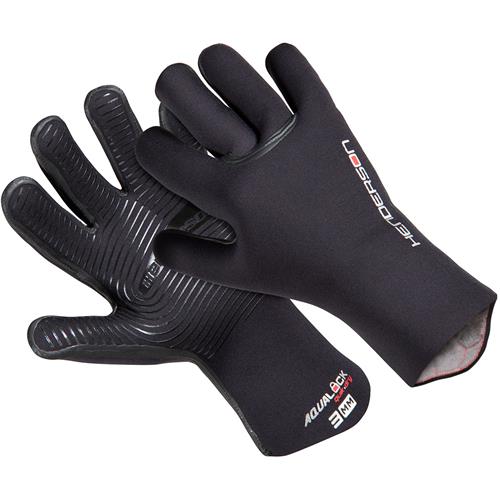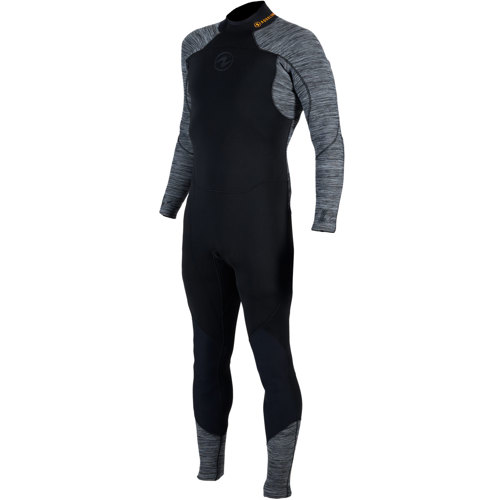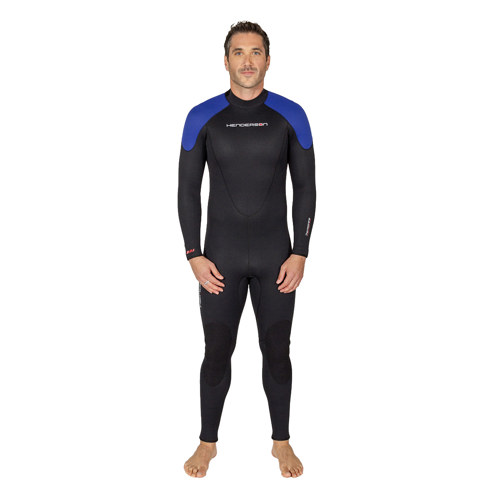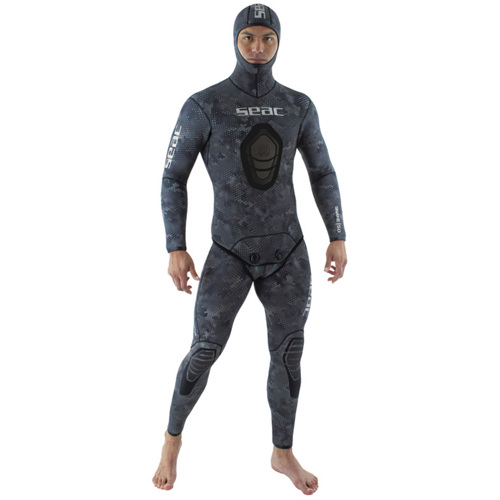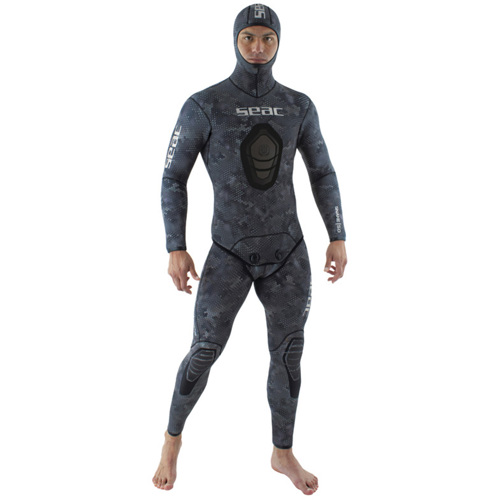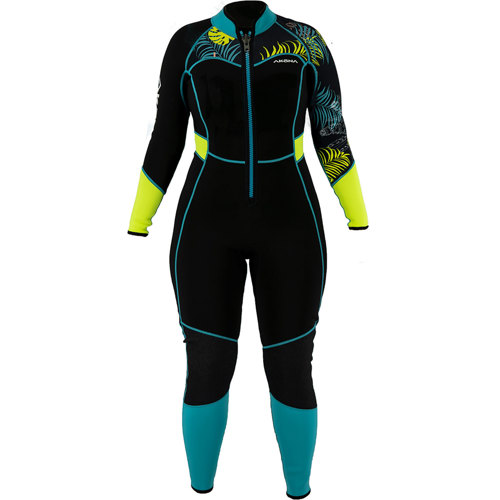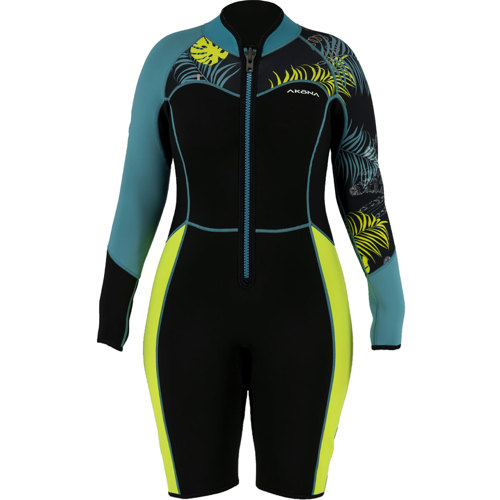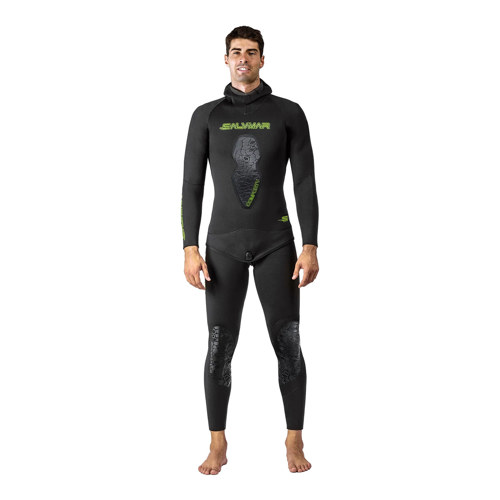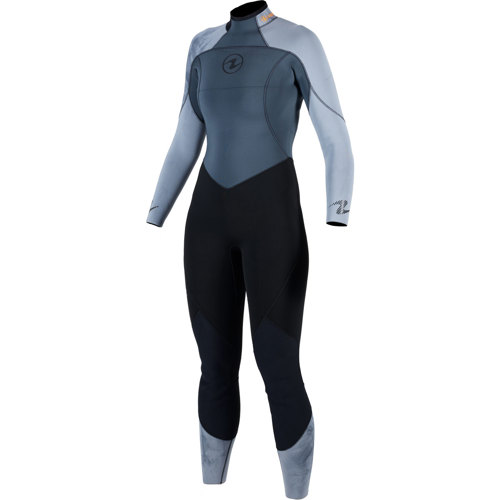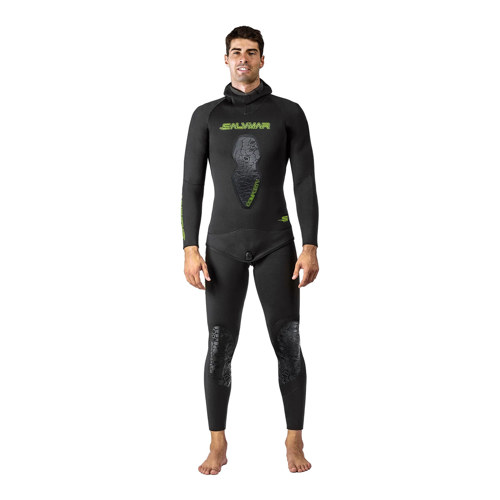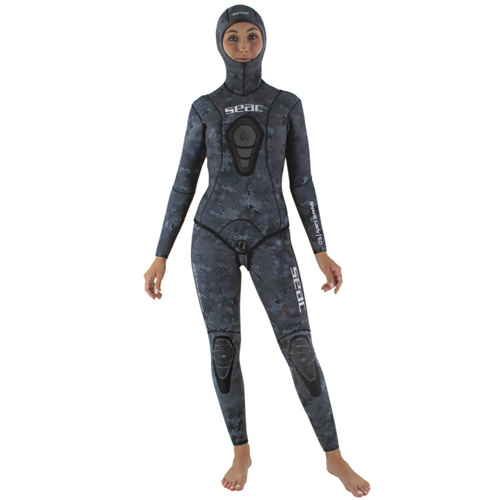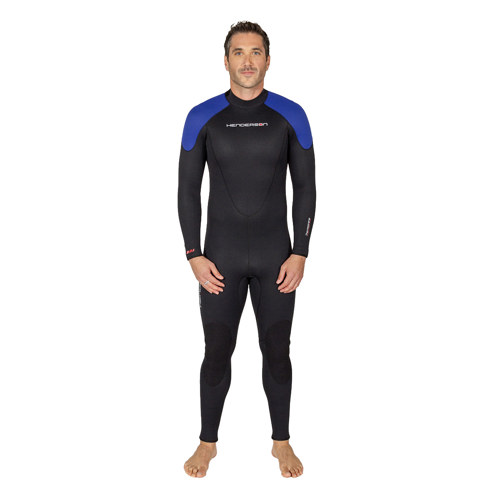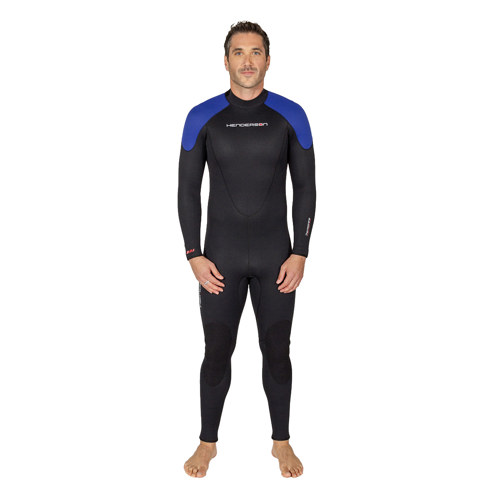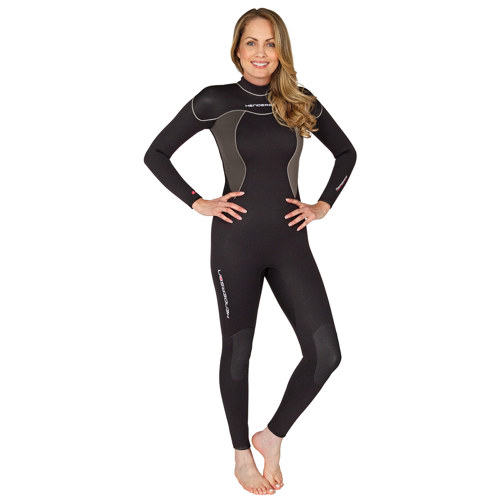Glued and blind stitched wetsuits are a cornerstone of cold water diving, offering a blend of warmth, flexibility, and durability that appeals to both newcomers and seasoned underwater explorers. As autumn deepens and water temperatures begin to drop, many divers and snorkelers start seeking gear that can handle the chill without sacrificing comfort or mobility. The hallmark of these wetsuits is their seam construction: neoprene panels are first glued together, forming an initial watertight seal, and then joined with a blind stitch that only partially penetrates the material. This method eliminates the pinholes that can let water seep in with traditional stitching, making glued and blind stitched wetsuits an excellent choice for those who prioritize staying warm during extended sessions below the surface. Whether you’re gearing up for a brisk morning dive along a kelp forest, venturing out for a sunset snorkeling adventure, or planning a winter surf trip, this construction ensures that the suit remains flexible and snug, moving with your body as you swim, paddle, or glide through the water.
For individuals considering a wetsuit as a thoughtful gift, glued and blind stitched models are especially suitable for loved ones who are passionate about water sports in cooler climates or who are just beginning to explore the underwater world. These wetsuits are not only practical but also demonstrate a level of care, as they provide protection from the elements while reducing the risk of chafing thanks to their smooth internal seams. Parents often appreciate the peace of mind that comes from knowing their children are better insulated during family snorkeling outings, while experienced divers value the reliability and performance these wetsuits deliver on deeper or longer dives. The inclusion of ocealite neoprene in some models further enhances thermal efficiency without adding unnecessary bulk, making these suits a favorite among those who need to balance warmth with ease of movement—whether navigating a rocky shoreline or descending to explore a shipwreck. For snorkelers, the blind stitch construction means less water intrusion, allowing for longer, more comfortable sessions observing marine life, even as the seasons change.
When selecting a glued and blind stitched wetsuit, it’s important to consider the intended water temperature, the type of activity, and the suit’s fit. While these wetsuits excel in cooler conditions, they’re versatile enough to be used for a variety of aquatic pursuits, from surfing and paddleboarding to technical scuba diving. The investment in this construction pays off in warmth and longevity, though regular care—such as rinsing with fresh water and drying the suit away from direct sunlight—will help maintain the integrity of the glued seams over time. For those interested in exploring even more robust options, especially for extremely cold or challenging environments, you may want to learn about the differences and additional benefits of
Glued And Taped Seam Wetsuits. Ultimately, glued and blind stitched wetsuits stand out for their ability to keep you comfortable and protected, making every dive, snorkel, or swim more enjoyable as the water cools and the underwater world takes on its autumn hues.

